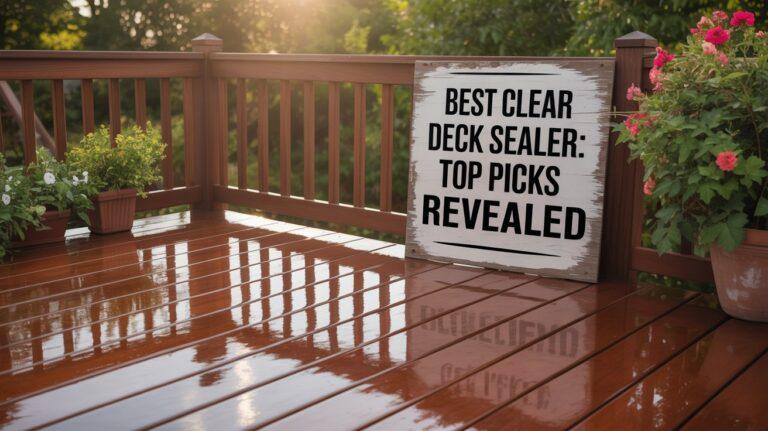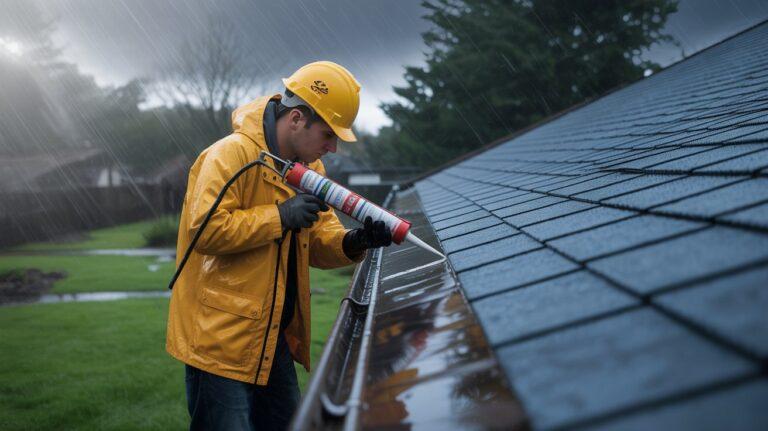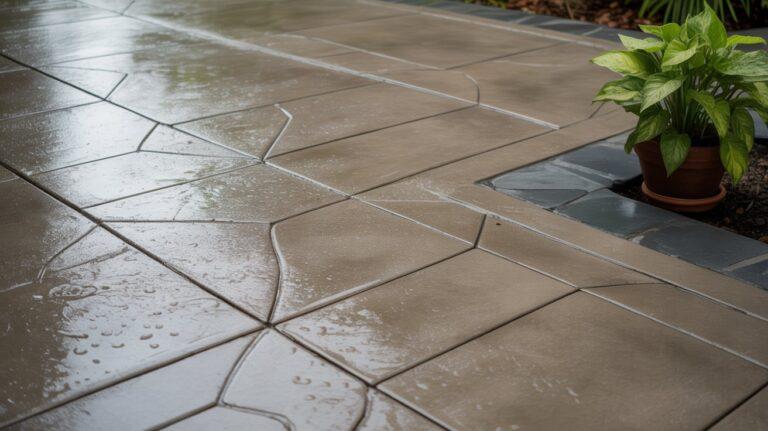Can I Cover My Septic Tank Lid With Dirt? The Risks Explained
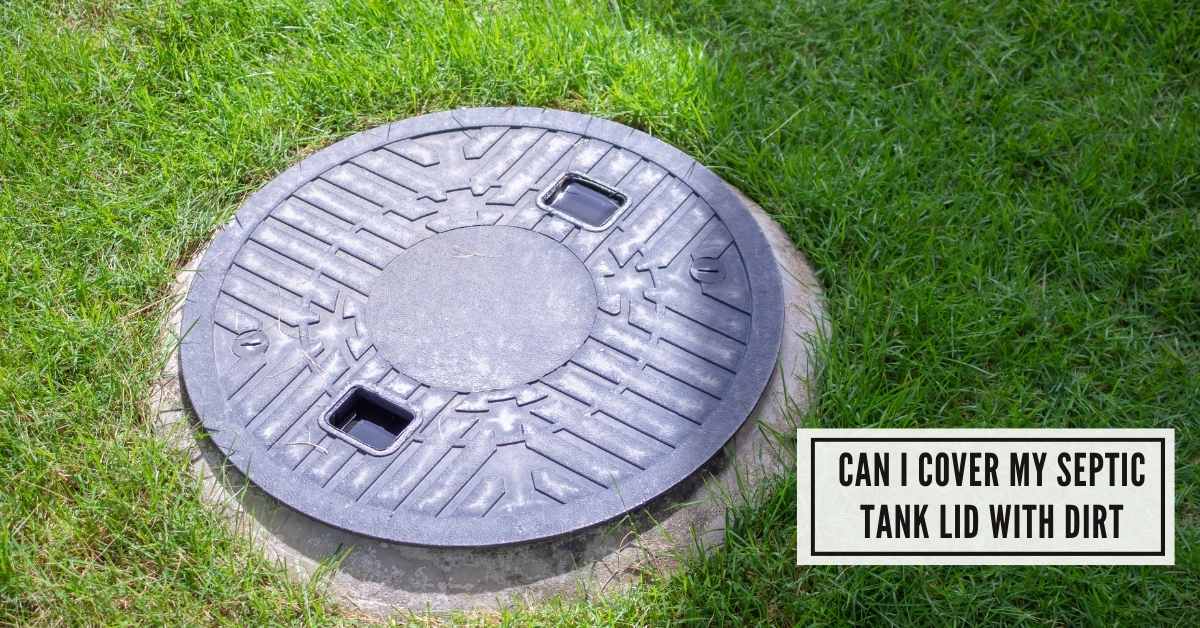
Covering your septic tank lid with a small amount of dirt is possible. Ensure the lid is still easily accessible for maintenance.
Septic systems are a critical component of home wastewater treatment, especially in rural areas where municipal services might not reach. An essential part of the system is the septic tank lid, which provides access for pumping and inspections. Homeowners often wonder about landscaping around these lids, seeking a balance between aesthetics and functionality.
Proper coverage of the septic tank lid can prevent accidental damage, reduce safety hazards, and enhance the appearance of the yard without compromising access. It’s crucial to follow best practices for covering the lid, keeping in mind the need for regular septic system maintenance and emergency access.
Introduction To Septic Tanks And Their Components
Introduction to Septic Tanks and Their Components
Homeowners with a septic system need to know its layout and parts. A septic tank is a key piece of this setup. It treats wastewater from the home. Below, we delve into the septic system’s structure and why each part, especially the septic tank lid, matters.
Understanding The Structure Of A Septic System
A typical septic system has these main parts:
- Tank: This buried container holds wastewater for treatment.
- Drainfield: Clean water leaves the tank to this area for filtering.
- Pipes: These connect your home to the tank and the tank to the drainfield.
Knowing this setup helps keep the system running well. This knowledge can stop costly repairs later.
The Role And Importance Of The Septic Tank Lid
The septic tank lid covers the tank. It has these crucial roles:
- It keeps people and pets safe by covering the tank’s opening.
- It stops debris from getting into the tank.
- It makes accessing the tank for upkeep easy.
A visible lid reminds you where the tank is. This helps protect it during yard work. A good lid also keeps it safe from heavy weight above.
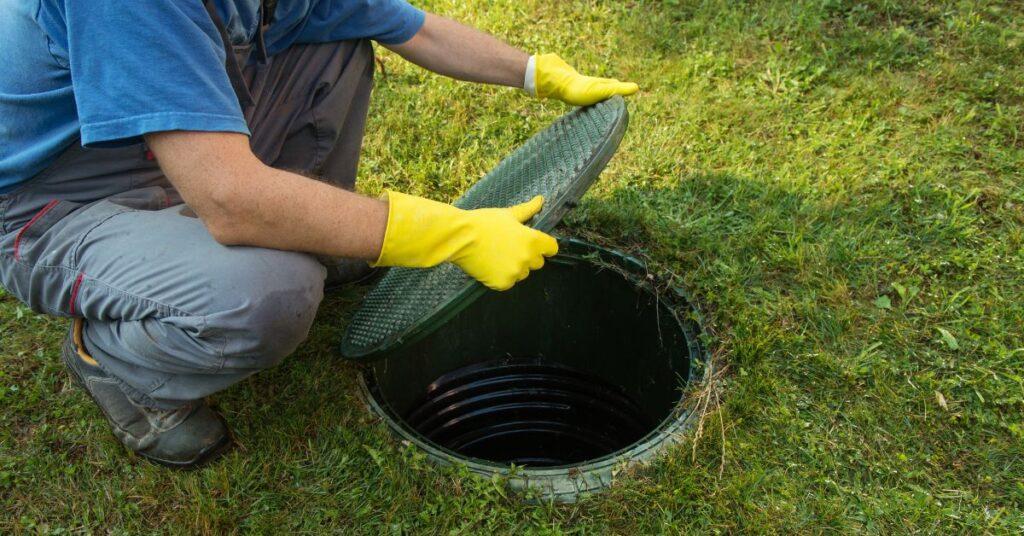
Covering Septic Tank Lids: The Basics
Septic tanks play a key role in managing household waste. But the lid of a septic tank can disrupt your yard’s beauty and even pose a safety risk. Covering it smartly warrants attention. Below, uncover the must-knows for safely and aesthetically concealing your septic tank lid.
Reasons Homeowners Consider Covering Lids With Dirt
- Visual Appeal: A visible lid can be an eyesore in a pristine lawn.
- Safety: Lids pose tripping hazards, especially for children.
- Protection: Covering prevents damage from sunlight and weather.
Common Practices For Concealing Septic Tank Lids
Few methods blend the lid seamlessly with your landscape:
- Grass: Plant grass over a safely covered lid for a natural look.
- Decorative Covers: Use a custom cover that looks like a rock or a plant.
- Planting Beds: Surround the lid with flowers or shrubs, keeping roots away.
Remember, accessibility for maintenance and inspections should never be compromised. Tools like lightweight, removable covers or risers make access convenient without heavy lifting or excessive digging. It’s essential to follow local guidelines and consult with professionals when modifying septic tank lid coverage.
The Risks Of Covering A Septic Tank Lid With Dirt
Covering a septic tank lid with dirt can seem like a simple solution for lawn aesthetics. Yet, this practice hides dangers beneath the surface. Unseen issues can grow, impacting the system’s functionality and safety. Let’s unearth the risks tied to burying a septic tank lid under a layer of dirt.
Compromised Accessibility for Maintenance and Emergencies
Compromised Accessibility For Maintenance And Emergencies
Regular maintenance and quick access in emergencies are crucial for septic systems. Covering the lid with dirt:
- Makes finding and opening the lid hard.
- Delays urgent repairs and routine checks.
- Increases costs in locating the lid.
Potential Damage to the Lid and Tank Structure
Potential Damage To The Lid And Tank Structure
Septic tank lids are designed for protection, but not from heavy soil. Excessive weight can cause:
- Cracks or fractures in the lid.
- Unwanted pressure on the tank.
- Structural breaches, leading to leaks.
Impeded Ventilation and the Risk of Hazardous Gases
Impeded Ventilation And The Risk Of Hazardous Gases
A septic system needs proper ventilation. A covered lid:
- Blocks gas escape routes.
- Traps dangerous gases like methane.
- Flags a risk for gas build-up and health hazards.
Safe Alternatives To Dirt Coverage
Concealing a septic tank lid with dirt is not always the best idea. It makes regular maintenance harder. Safe and visually appealing alternatives exist. They allow easy access for professionals while still keeping your yard looking great. Let’s dive into some creative solutions.
Landscaping And Decorative Solutions For Lid Concealment
Strategic landscaping can hide septic tank lids effectively without causing issues. Consider the following:
- Planting grass over septic lids allows for access and aesthetics.
- Flower beds with light, removable mulch can cover and decorate.
- Small, movable garden features, like birdbaths or statues, ensure easy lid removal.
Always choose plants with shallow roots to avoid damaging your septic system.
Using Risers And Covers Designed For Septic Tanks
Septic tank risers and covers are practical choices. Risers bring the lid to the surface. This means no digging is necessary during routine checks or pumping. Quality covers can then provide an appealing look. They blend in naturally with your yard. Ensure you use those constructed specifically for septic systems.
Guidelines For Maintaining Safe Access To Septic Tank Lids
It is crucial to maintain proper access. Below are some key guidelines:
- Mark the location of your septic lid for easy identification.
- Ensure nothing heavy sits on top of the lid. Keep the area clear.
- For landscaping, use materials that can be moved quickly and safely.
Legal And Environmental Considerations
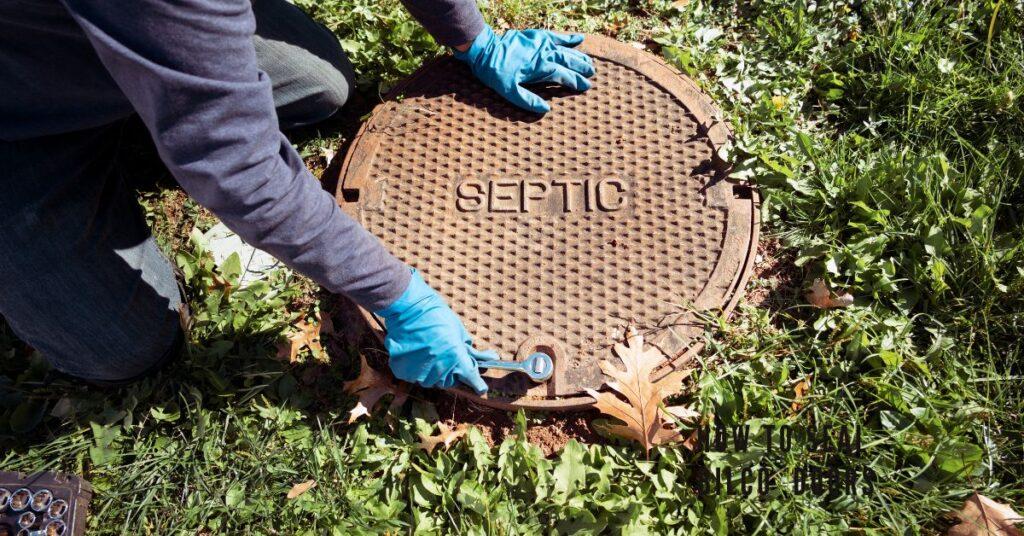
Understanding the legal and environmental considerations is essential when thinking about covering your septic tank lid with dirt. It’s not just about aesthetics or convenience; it involves strict regulations and potential environmental impacts. Let’s delve into how local laws and the environment can be affected by your decision to cover a septic tank lid.
Regulations Governing Septic System Coverage
Regulations vary by location, but they typically outline specific requirements for septic system coverage. It’s crucial to know the rules in your area. Failing to adhere to these can lead to fines or system failure.
- Septic tank lids must remain accessible for inspection and maintenance.
- Cover requirements may specify materials and methods to prevent system damage.
- Building permits might be needed for significant alterations to your septic system.
Check with your local health or environmental department for precise guidelines. They can provide information on permissible septic tank coverage.
Environmental Impacts Of Improper Septic Tank Lid Coverage
Septic tanks play a role in protecting our water resources. Improper coverage could lead to environmental harm.
- Contamination: A poorly covered tank can contribute to soil and water contamination.
- Damage to habitat: Disrupting soil above the tank may harm local flora and fauna.
- Erosion: Without proper coverage, soil erosion around the septic tank can occur.
Ensure your septic tank lid is covered in a way that preserves the surrounding ecosystem and adheres to guidelines.
Best Practices to Cover A Septic Tank
Wrapping up our discussion on septic tank care, let’s distill the advice and risk considerations. Emphasis on protecting your system is crucial. Best practices enhance longevity and functionality.
Recap Of The Risks And Safe Alternatives
Covering septic tank lids with soil poses risks. Unseen hazards emerge. Inspection and pumping get harder. Safety diminishes. Let’s revisit safer alternatives:
- Mark the lid location visibly
- Choose lightweight materials for coverage
- Consider decorative elements like planters or stepping stones that don’t impede access
Final Recommendations For Septic Tank Lid Management
Your septic system deserves attentive care for its critical role. Here are final tips for lid management:
- Never bury lids under heavy soil.
- Ensure easy access for maintenance.
- Utilize safe coverage alternatives.
These steps create a safer home environment. They secure system efficiency. Adhere to these guidelines for optimal tank health.
Frequently Asked Questions Of Can I Cover My Septic Tank Lid With Dirt
What Should I Cover My Septic Tank Lid With?
Cover your septic tank lid with grass or a lightweight material like plastic or composite covers designed specifically for septic systems. Avoid heavy materials to ensure easy access for maintenance.
Should Septic Tank Lids Be Buried?
Septic tank lids should not be buried; they require accessible placement for regular maintenance and inspections. Keep them unobstructed and properly marked to avoid issues.
What Can I Use To Seal My Septic Tank Lid?
You can use butyl rubber sealant, waterproof silicone, or flexible mastic to seal a septic tank lid effectively. Ensure the chosen product is suitable for outdoor use and resistant to sewage exposure.
Can You Leave A Septic Tank Lid Uncovered?
Leaving a septic tank lid uncovered is not safe. It poses risks such as falling hazards and uncontrolled sewage access. Always ensure the lid is securely in place to maintain safety and sanitation.
Is Covering A Septic Tank Lid With Dirt Safe?
Covering a septic tank lid with a thin layer of dirt for aesthetic purposes is generally safe, but the lid should remain easily accessible for maintenance and emergencies.
Conclusion
Covering your septic tank lid with dirt might seem like a simple aesthetic fix. Yet, it’s crucial for both access and maintenance to leave it visible or properly marked. Regular inspections and pumping are key to a healthy system. Remember, safeguard your property by considering the long-term impact of any short-term solution.
Choose wisely for a trouble-free septic system.

I am Robert Sandin, a professional sealing expert with a diverse range of expertise. From concrete to various other materials, I possess in-depth knowledge and experience in the art of sealing. On my website, I offer valuable tips and expert recommendations on sealing techniques and products for different materials. Whether it’s concrete, wood, metal, or more, I am committed to providing you with the guidance you need for successful sealing projects.

